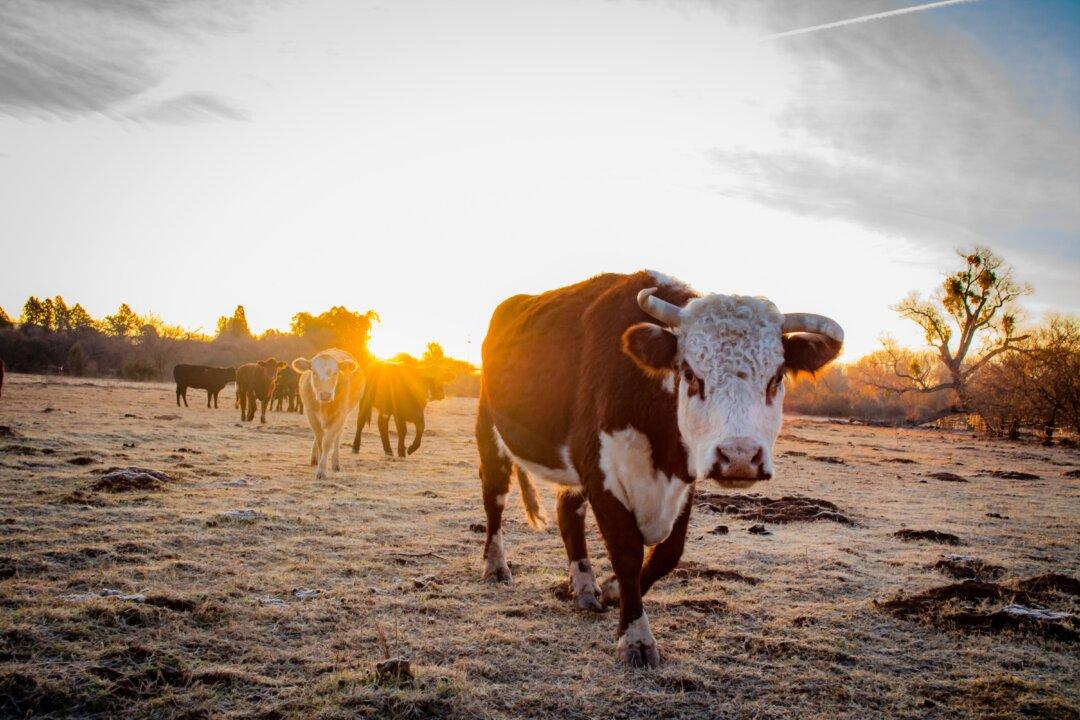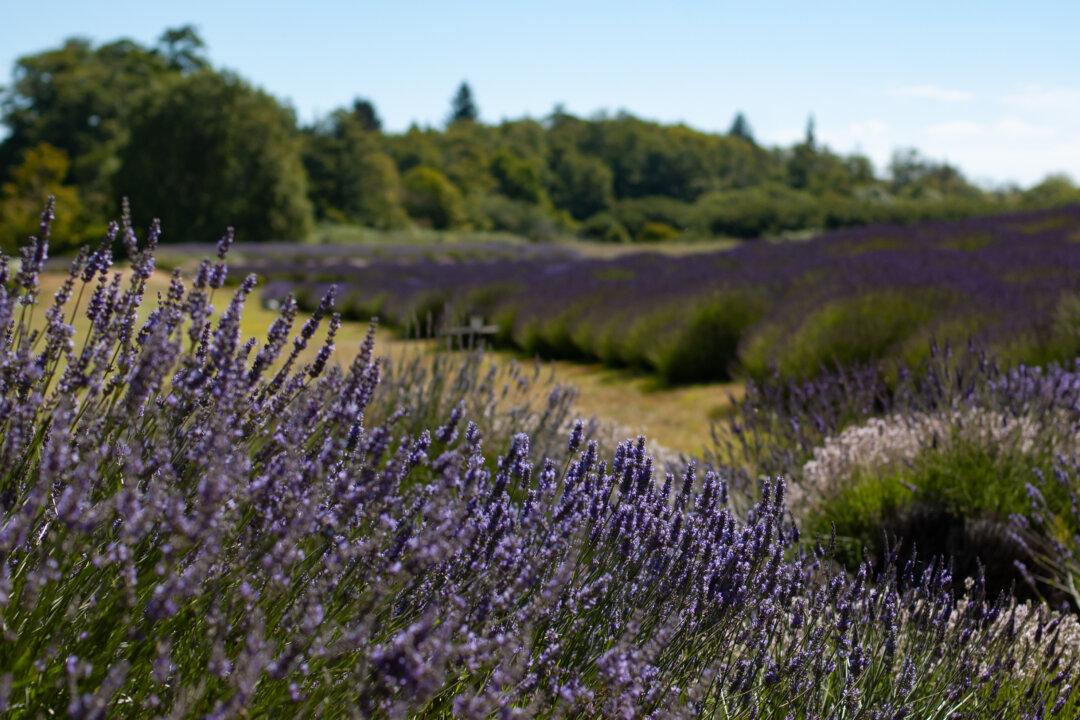Back to Nature
The best things in life remain as they have for generations; no new technology or innovations in science can compare to the authenticity of nature in her truest form. Conscientious ranchers across the United States have increasingly set out to bridge the gaps between nature, animals, the environment, and people, by raising grass-fed and grass-finished Angus cattle and delivering high-quality beef right from their ranches to your table.One such operation is the Arizona Grass Raised Beef Company. The company’s ranches and their 96 partner ranches together span 23 million acres where Angus cattle are born and raised in the Arizona sunshine and are herded by cowboys on horseback. The cattle spend their entire lives freely roaming and foraging throughout millions of acres.





